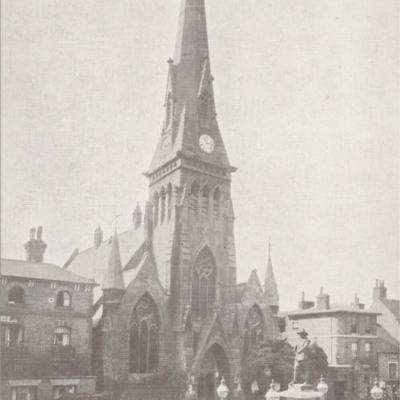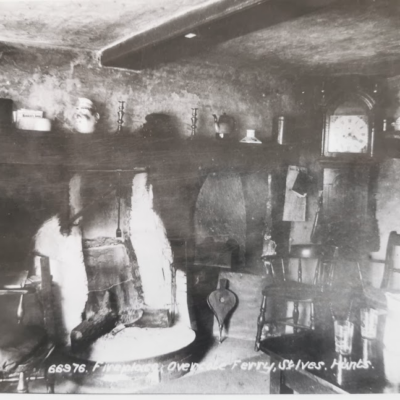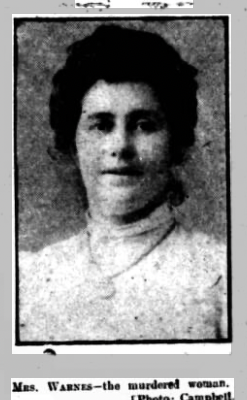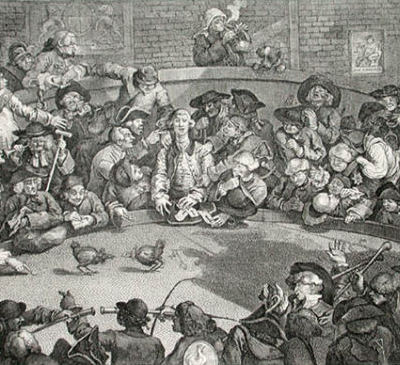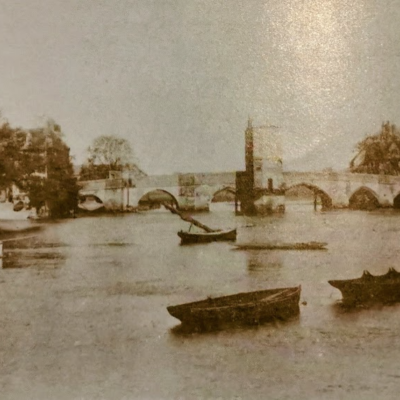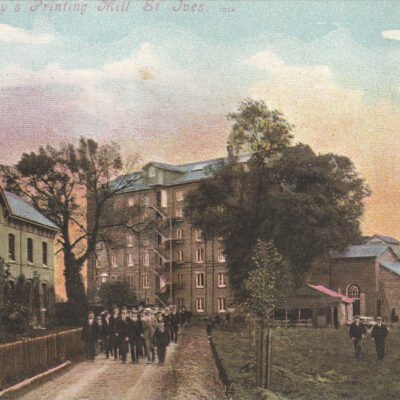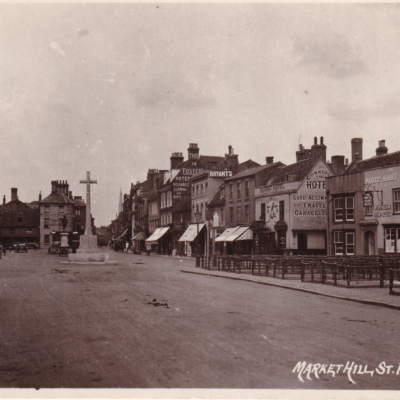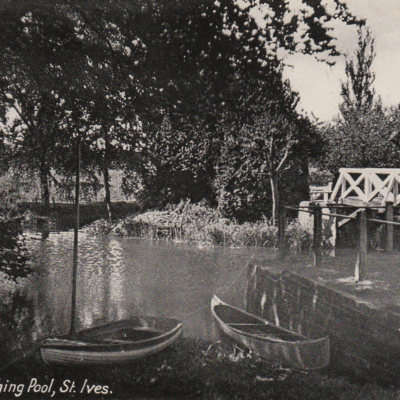Search by topic
- archaeology
- architecture
- bricklayer
- Building of Local Interest
- carpenter
- church
- crime
- dressmaker
- fire
- Great Eastern Railway
- listed building
- medieval
- oral history
- Public House
- Rattee & Kett
- Religious House
- Roman
- scholar
- school
- Then and Now
- tudor
- women
- work
- world war one
- world war two
Search by text
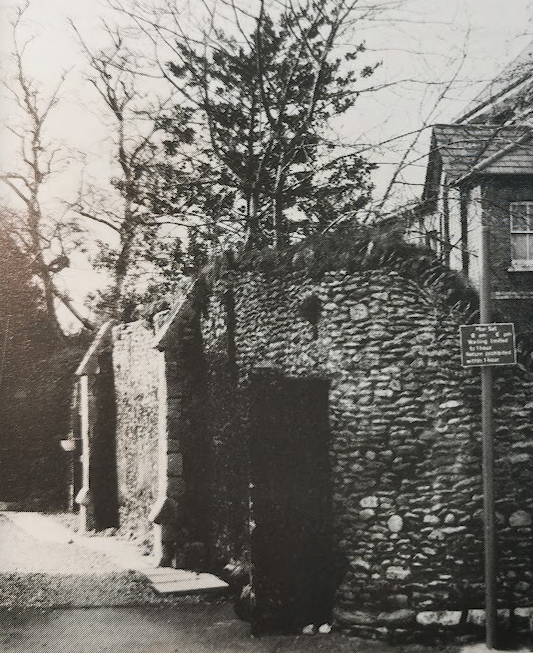 St Ives monastery barn (Religious Houses of Cambs, 1988)
St Ives monastery barn (Religious Houses of Cambs, 1988)Benedictine Priory, St Ives (Slepe)
History of Benedictine Priory
The monument includes the remains of a medieval barn, the standing walls of which provide the only visible evidence of the Benedictine priory at Saint Ives.
Little remains of the pre-Conquest priory. However the importance of the town grew rapidly during the 11th century. The monks of the Priory were very ‘fortunate ‘ to be able acquire the bones of a mysterious saint, a wandering Persian bishop of the 5th Century. He was ‘discovered’ in a stone coffin with two other burials when one of the Abbey fields was being ploughed about 1000 AD. He was identified to the ploughman in a vision; the bailiff of the farm did not believe and was miraculous left crippled. A Priory was founded on the site where the bones were found, which was also where a holy spring had appeared. This was the source of considerable financial success for the Priory.
The profits of a great fair of 40 days also went to the Priory. It burnt down in 1207 but was rebuilt by 1238. At the time of the Dissolution only the Prior was in residence. He got a pension of £12 and the chapel and a chamber on the bridge at St Ives to live in.
Other than the barn none of the priory buildings have survived. Until the 19th century both the Priory barn and the dovecot were standing, but the barn was demolished in 1859 and the dovecote around 1900.
In the garden of ‘Priory House’ are the remains of the barn which now form the garden wall.
(See The Religious Houses of Cambridgeshire, CCC, 1988)
Contribute
Do you have any information about the people or places in this article? If so, then please let us know using the Contact page or by emailing capturingcambridge@
License
This work is licensed under CC BY-NC-SA 4.0











